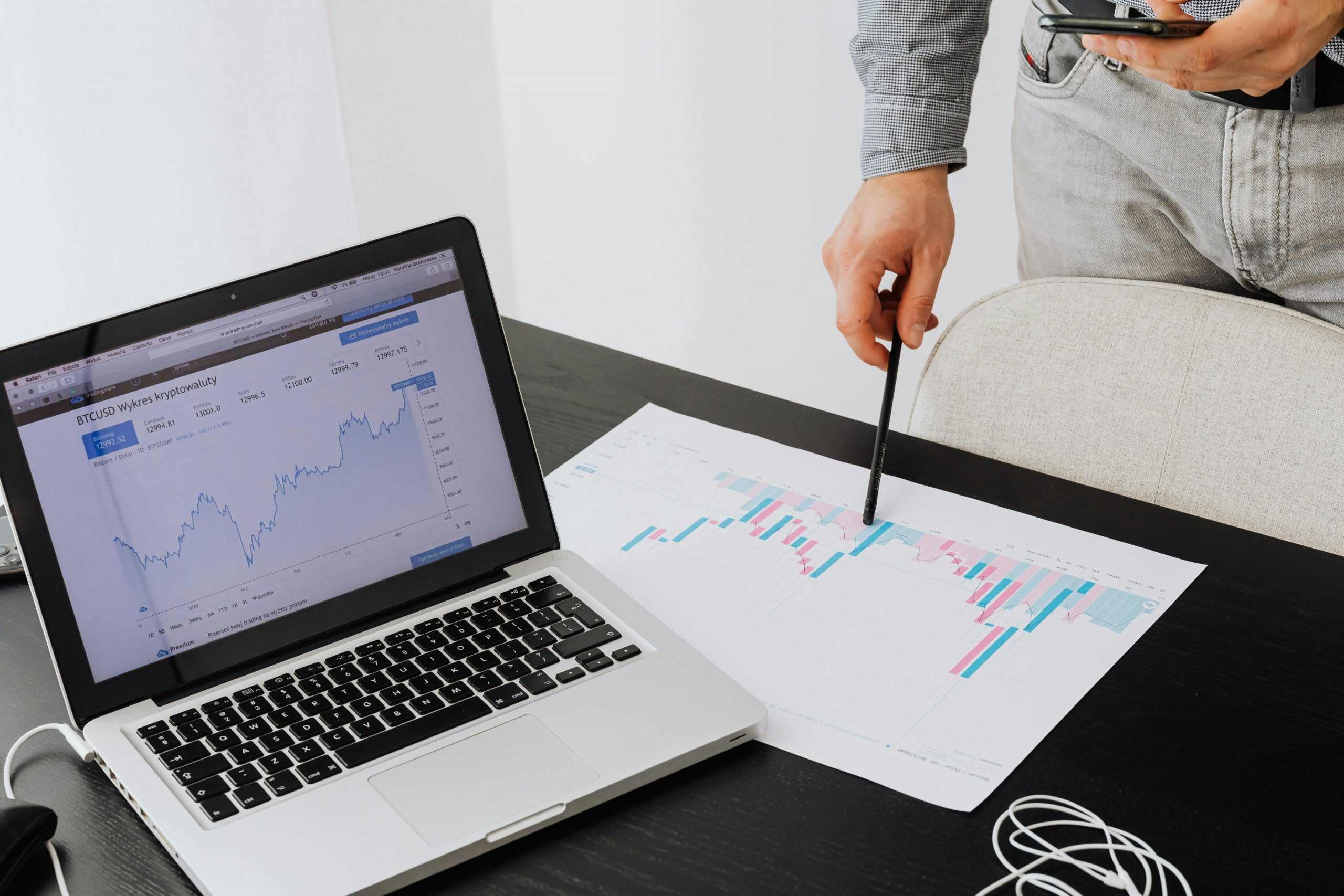Cash flow vs. profit: why both matter for your business

July 29, 2025
BACKGROUND
When it comes to measuring the health of your business, two financial numbers take centre stage: cash flow and profit. Although they are closely related, they do cause a lot of confusion for business owners (and others). Cash and Profit are NOT the same and confusing the two can be very problematic! Below we will aim to clearly identify the differences between cash flow and profit, why both are essential to a business AND how to manage both carefully . . . .
WHAT IS PROFIT?
The Profit is what’s left over after taking account of your Cost of Sales (costs necessary to make a sale to your Customer) and the Operating or Overhead costs from your revenue. It’s often referred to as the “bottom line” and is shown within your company’s Profit & Loss.
The main types of profit are
- Gross Profit: Revenue, income or earnings less the cost of sales
- Operating Profit: Gross profit minus operating or Overhead expenses
The calculation of a Profit indicates that your business is making money from it’s
activities – BUT remember this is a ‘paper’ calculation!
WHAT IS CASH FLOW?
Your Cash flow is the actual movement of money in and out of your business e.g. the receipt of monies from your customers, payments made to Suppliers, payments to staff and payment to HMRC etc. The ins and out flows of cash are tracked on a report called a cash flow statement, or in a cashflow forecast where you estimate future cashflow movements and includes:
Negative cashflow means that you are spending more cash than is coming into the business.
Positive cashflow means that you have more cash coming into the business than is being spent or paid out.
WHATS THE DIFFERENCE?
A business can still be profitable in it’s Profit & Loss i.e. on paper, but still have NO
cash! So a simple example is where a big contract is landed for £50,000 – which is revenue or income for the business.
The Costs of Sales may be £20,000 and the Operating costs total £5,000, meaning a
profit of £25,000.
HOWEVER if only 50% of the cash is paid by the customer and the balance is
delayed for 6 months, then there may be problems paying rent or staff – even those
the contract is profitable . . . .
This is why cash flow is king—especially for small businesses.
TIPS TO FOCUS ON BOTH PROFIT & CASH
1. Monitor Both Regularly
Ensure that the business and/or individual projects are profitable, and also review
your cashflow statement (and/or Cashflow Forecast) regularly
2. Focus on Credit control and Debtors
Focus on issuing invoices to your customers as early as possible, and have a credit
control to follow up on late payments.
3. Review and Manage Expenses
Regularly review all business costs, look to manage staff costs, negotiate better
terms with suppliers and watch out for unnecessary software and other costs.
4. Build a Cash Reserve
There will always be occasional large or surprise cash payments e.g. VAT and tax,
new laptops or office equipment.
So always set aside a portion of the cash received into the business to a separate
bank account, to ensure that these payments are NOT forgotten, and to ease the
stress when these are other normal cash payment all come together . . . .
FINAL THOUGHTS
Remember your Profit shows your that your business is viable, but Cash and
cashflow shows it’s sustainable longer term!
By understanding the difference and managing each wisely, you’ll be better equipped
to make smart decisions, weather the occasional financial storm, and continue to
consistently grow your business.
Are you struggling with understanding why your cashflow is tighter than it should be ? Do you need some guidance or assistance to start taking the small individual steps that will start to improve your cashflow AND ensure that you can better manage the occasional cash crunches that occur across the financial year?
To take the Next Step then
- GO to our website: to download our business guides or book a call
- SUBSCRIBE to our YouTube channel: for more information on this and other topics
- BOOK a call: directly with us